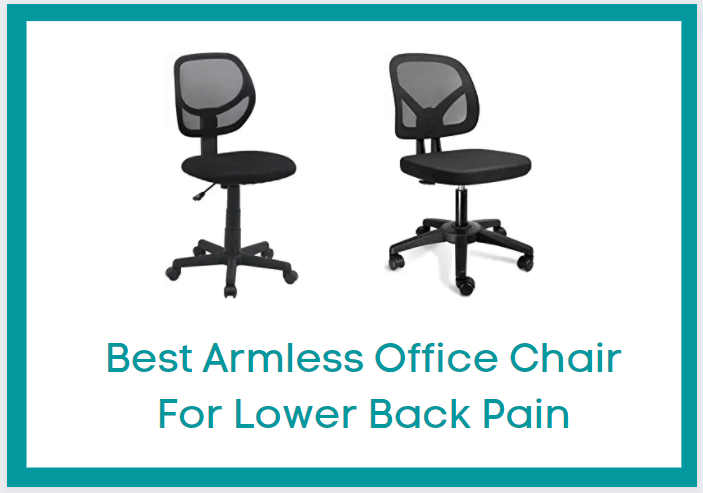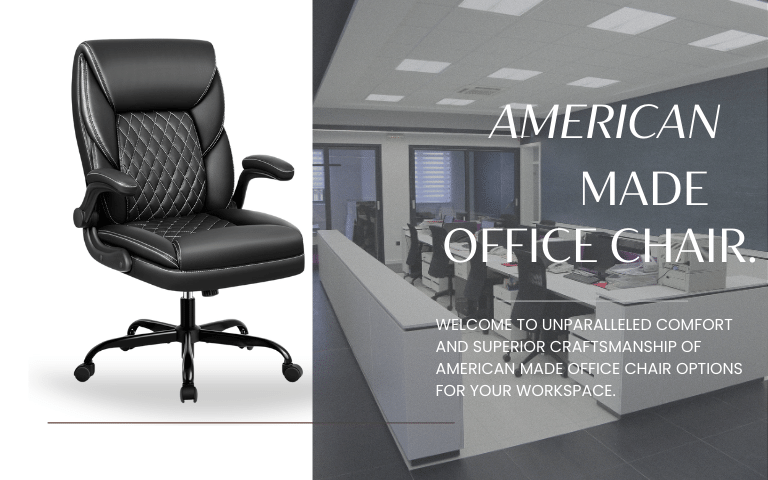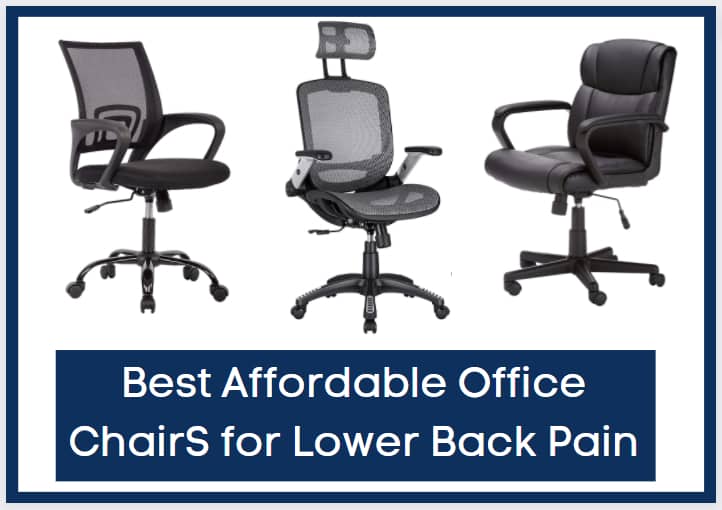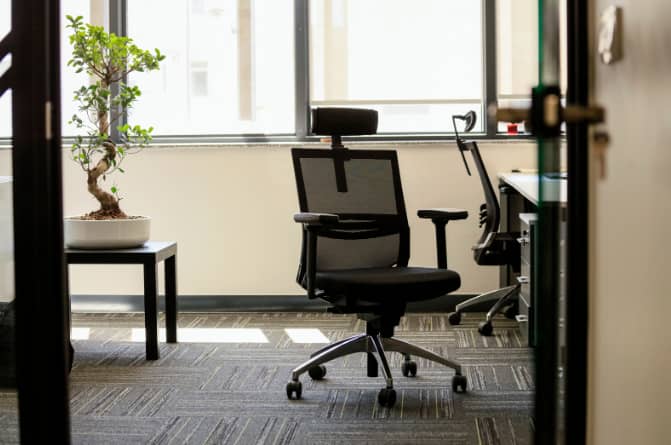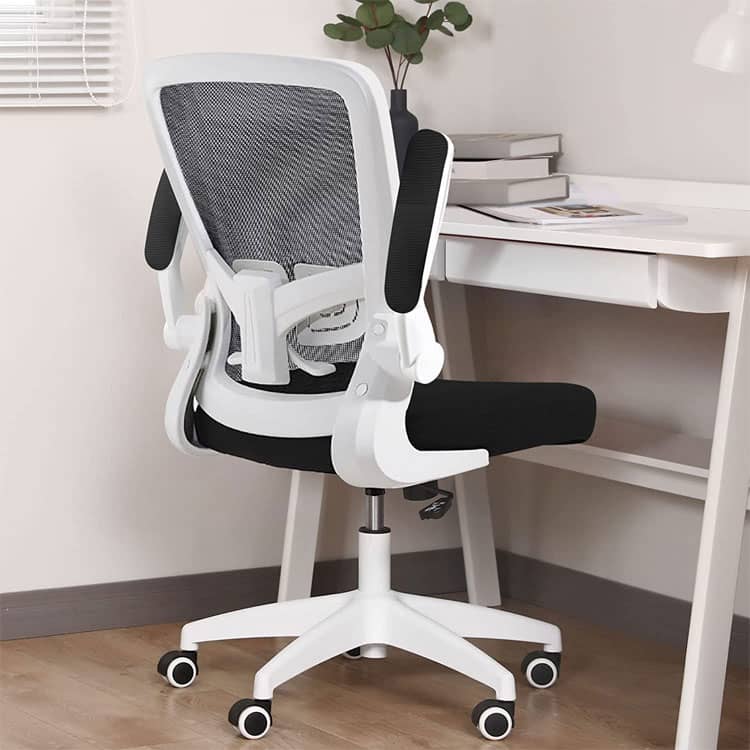In the hustle and bustle of the modern workplace, where hours are often spent tethered to desks, the significance of a comfortable office chair cannot be overstated. A. Comfort is not merely a luxury but a crucial element that directly influences our work environment. B. An uncomfortable office chair can stealthily wreak havoc on both productivity and well-being, casting a shadow over daily tasks and long-term health. As we delve into the art of the “Office Chair Makeover,” we must recognize the pivotal role comfort plays in fostering a positive and efficient workspace. Join us on a journey to transform your chair into a haven of ergonomic bliss, where productivity meets well-being.
Assessing Your Current Office Chair
Now that we’ve highlighted the pivotal role of comfort, it’s time to embark on a journey of self-discovery with your current office chair.
Begin by identifying those subtle yet persistent pain points and discomfort issues that often go unnoticed during the daily grind. Pinpointing these challenges is the first step towards creating a tailored solution for a more comfortable workspace.
Dive deeper into the anatomy of your chair by unraveling its ergonomic features. Understand how each adjustment mechanism contributes to or hinders your comfort. This knowledge forms the foundation for the personalized transformation your office chair is about to undergo. So, let’s roll up our sleeves and decode the ergonomic puzzle that is your current seating companion.
Choosing the Right Cushioning
Now that we’ve assessed the ins and outs of your office chair, let’s delve into the realm of cushioning—your ticket to enhanced comfort and support.
Exploring Different Types of Seat Cushions
- Memory Foam: Unmatched for contouring to your body’s shape.
- Gel Cushions: Ideal for dissipating heat and providing a cool seating experience.
- Inflatable Cushions: Adjustable and customizable for personalized comfort.
- Coccyx Cushions: Tailbone-focused support for those with lower back issues.
Selecting the Ideal Cushion for Your Specific Needs
- Consider your primary discomfort areas (e.g., lower back, coccyx) for targeted support.
- Choose a cushion with the right thickness—neither too firm nor too soft.
- Opt for breathable fabrics to prevent discomfort from heat.
- Ensure the cushion complements the ergonomic design of your office chair.
- Don’t forget portability if you’re frequently on the move within the workspace.
Adjusting Chair Height and Position
Achieving optimal comfort in your office chair begins with the fundamental principle of proper desk and chair alignment. Ensure your desk height complements the adjusted chair, promoting a harmonious relationship between your workspace elements.
Finding the right height for your chair is the cornerstone of a comfortable seated experience. Align your chair’s height to allow your feet to rest flat on the floor, creating a 90-degree angle at the knees. This not only fosters better circulation but also maintains the natural curve of your spine, providing the ideal balance between comfort and support for those long hours at your desk.
Lumbar Support Techniques
Importance of Lumbar Support for Back Health
- Maintains the natural curve of the spine, preventing slouching.
- Reduces strain on the lower back muscles during prolonged sitting.
- Enhances overall spinal alignment, minimizing the risk of back-related issues.
- Promotes better posture, reducing the likelihood of discomfort and pain.
Adding or Adjusting Lumbar Support in Your Office Chair
- Utilize chairs with built-in adjustable lumbar support.
- Incorporate external lumbar pillows for personalized comfort.
- Experiment with different heights and positions to find the optimal lumbar support level.
- Consider ergonomic backrest attachments for chairs lacking built-in lumbar support.
Armrest Adjustment
The Role of Armrests in Overall Comfort
- Armrests play a pivotal role in supporting the upper body during extended periods of sitting.
- Properly positioned armrests contribute to a more relaxed and comfortable seated experience.
- They alleviate strain on the neck, shoulders, and upper back, enhancing overall well-being.
Proper Positioning and Customization for Armrests
- Adjust armrest height to align with the natural position of your arms.
- Ensure armrests are at a comfortable distance from your body.
- Customize width and angle to accommodate different tasks and preferences.
Upgrading with Ergonomic Accessories
Overview of Ergonomic Accessories
Explore a range of accessories designed to enhance comfort in the workplace. Back pillows provide targeted lumbar support for improved posture. Footrests promote circulation and reduce strain on the lower back and legs. Wrist rests contribute to a comfortable typing and mousing experience. Keyboard trays and monitor stand aid in maintaining an ergonomic desk setup.
Choosing Accessories that Complement Your Office Chair
Select accessories that align with the specific needs identified during chair assessment. Ensure the accessories enhance rather than hinder the ergonomic features of your chair. Prioritize quality and functionality when investing in ergonomic additions for a synergistic upgrade to your workspace.
Regular Maintenance for Long-Term Comfort
Cleaning and Caring for Your Office Chair
- Regularly vacuum or wipe down upholstery to remove dust and debris.
- Use appropriate cleaning agents for different materials.
- Address spills promptly to prevent stains and damage.
Checking for Wear and Tear, and Addressing Issues Promptly
- Periodically inspect chair components for signs of wear, such as loose screws or worn-out padding.
- Promptly address issues to prevent discomfort and maintain the chair’s longevity.
- Consider professional servicing for complex repairs to ensure consistent comfort and functionality.
DIY Hacks for Instant Comfort
Quick Fixes and Adjustments for Immediate Relief
- Use a rolled-up towel for makeshift lumbar support.
- Adjust chair height and tilt to find a more comfortable position.
- Shift sitting positions regularly to alleviate pressure points.
Creative and Budget-Friendly Solutions for Enhancing Comfort
- Repurpose a cushion or pillow as a seat booster.
- Incorporate a soft blanket for added warmth and coziness.
- DIY armrest covers using fabric scraps for a personalized touch.
- Explore inventive solutions that cater to your comfort needs without breaking the bank.
In the quest for a more comfortable office chair, remember the essence lies in personalized adjustments – from lumbar support to ergonomic accessories. A. Identifying and addressing specific discomfort points is the key to tailored comfort. Take charge of your workspace; transform it into a haven that not only supports your body but also boosts productivity. Small changes today can yield substantial improvements tomorrow, creating a workspace that harmonizes comfort and efficiency for a more enjoyable and fruitful work experience.

